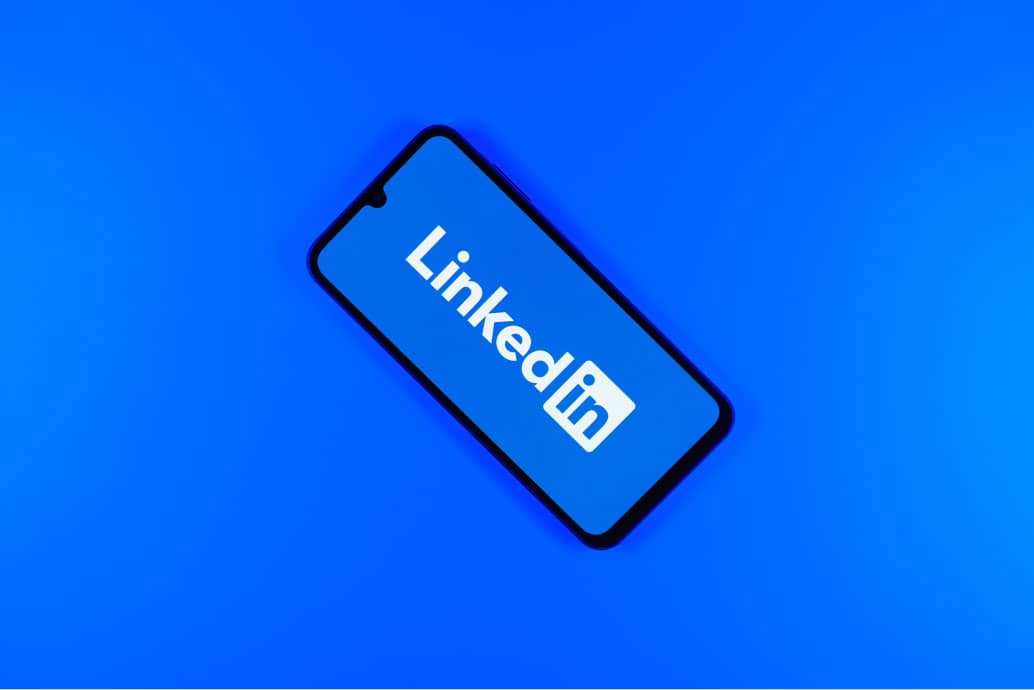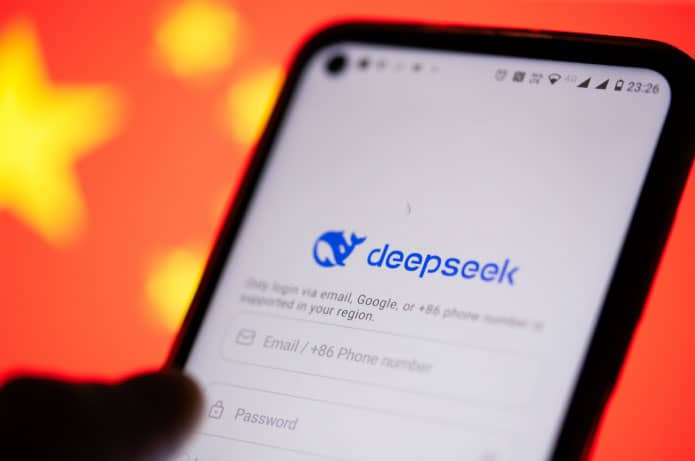Many traditional companies still see digitalization as something distant or unnecessary, but the scenario has changed. Businesses that do not adapt end up losing customers to more agile and connected competitors. Just look at the consumption: more and more people are researching products online, shopping via mobile phones, and expecting quick service through messaging apps. Those who haven't entered this world yet are falling behind.
A survey by the National Confederation of Industry (CNI) showed that 58% of large companies in Brazil have started digitization processes. But the striking fact is that only 29% managed to successfully implement these changes, which shows that many still face difficulties in adapting.
ToThiago Finch, entrepreneur and CEO of Holding Bilhon, the mistake of many companies is to see digitalization only as an expense, without understanding the real benefits. "Digital transformation is not just about technology, it's about efficiency and new ways to sell and connect with customers. Today, those who don't invest in this are wasting money because they miss out on reaching a huge audience that already expects this type of experience," he signals.
What companies gain by migrating to digital
Digitization allows traditional businesses to reach more customers without the need to invest in large physical structures. With an e-commerce, for example, a neighborhood store can sell to the entire country of Brazil. A restaurant that adopts online orders gains more convenience and reduces queues. A small business that uses social media for customer service can sell more without relying solely on customers who pass by.
Furthermore, automating internal processes saves time and money. Management systems help organize inventories, control sales, and even prevent waste. Payment platforms make transactions faster and more secure. All of this improves the customer experience and delivers direct results for revenue.
Another important point is data collection. Digital tools allow for a better understanding of customer behavior, which helps to offer products and services more aligned with what they truly want. "Instead of trying to guess what might work, companies start making decisions based on concrete information," Thiago Finch points out.
Why some companies still resist digitalization
Even with so many advantages, many traditional companies still avoid this change. The main reason is the fear of the unknown. Many entrepreneurs are afraid of making mistakes, spending money without return, or simply don't know where to start.
Another factor is the company's culture. Family businesses or companies that have been operating the same way for decades may have difficulty convincing the team and managers that digitalization is worth it. The challenge is not only in technology but in changing the mindset of those who are used to doing everything manually.
Finch explains that this barrier needs to be overcome for the company to remain competitive. "The market doesn't wait. Today, if a consumer finds a competitor offering more convenience, they will switch providers immediately. It doesn't matter how traditional or well-established the company is; if it doesn't make the customer's life easier, it will lose ground. This ranges from simple things like accepting credit card payments to more advanced conveniences, such as anticipating the consumer's desires," exemplifies the CEO.
How to get started with hassle-free scanning
For those who want to take the first steps without great risks, the best is to start small. A restaurant can test online orders before creating its own app. A store can sell on Instagram before opening a full e-commerce. Small adjustments already make a difference in the operation and customer perception.
Investing in team training is also essential. Many employees may resist change because they do not feel prepared to use new tools. Training and internal support help make this transition smoother and more efficient.
Furthermore, having specialized partners can accelerate the process. Technology companies offer ready-made solutions that facilitate digitalization without requiring significant initial investments and with intuitive interfaces. The important thing is to start and adjust according to the business's needs.
For Thiago Finch, the mistake is thinking that this change can be postponed. "Those who haven't taken this step yet need to act now. Digitalization has ceased to be a trend and has become the only way to ensure growth in the coming years," he emphasizes.











